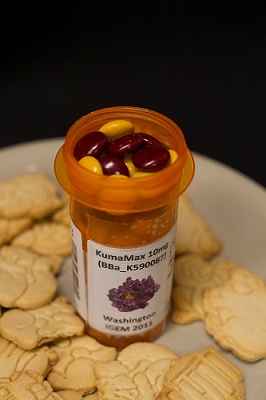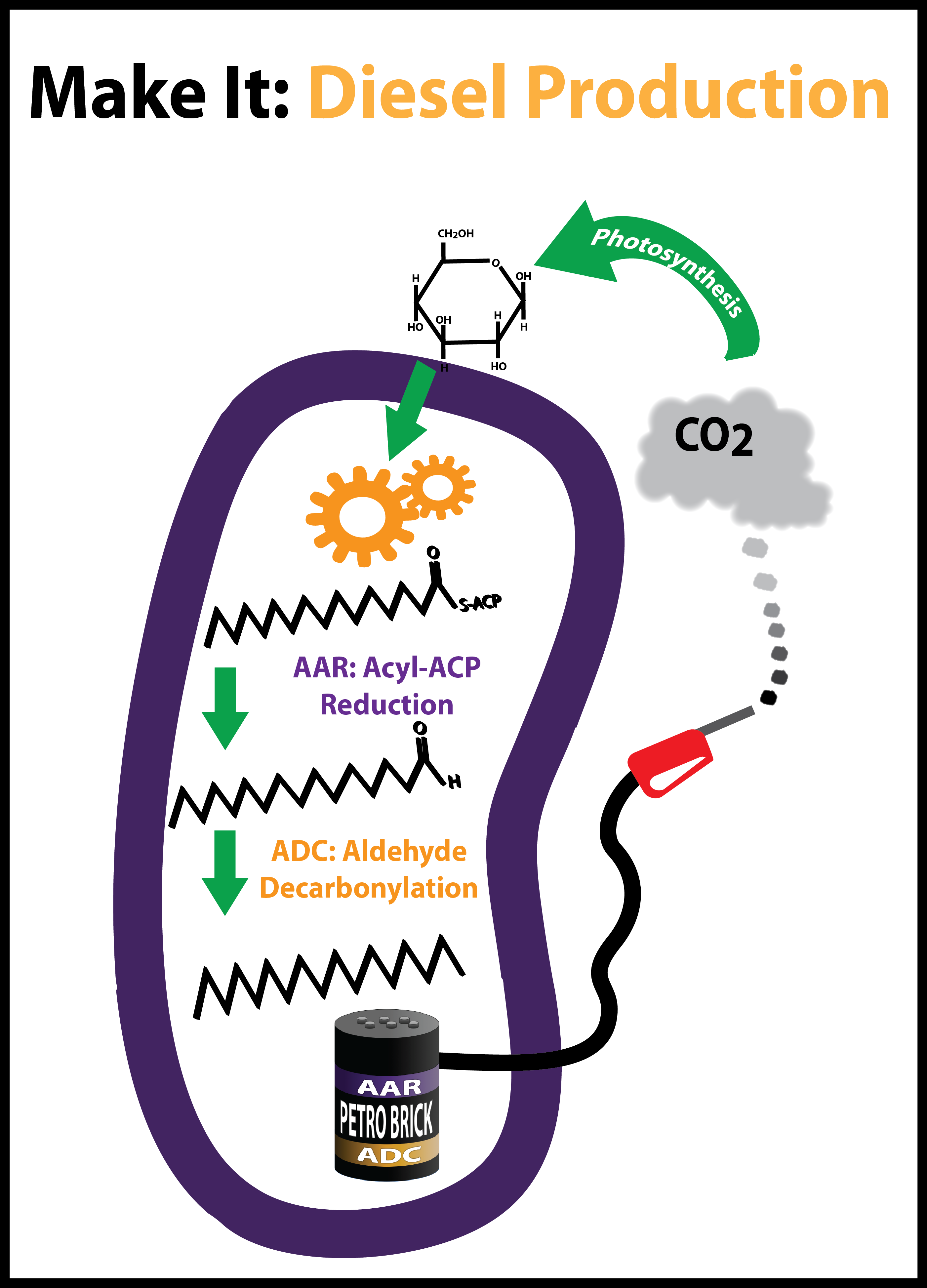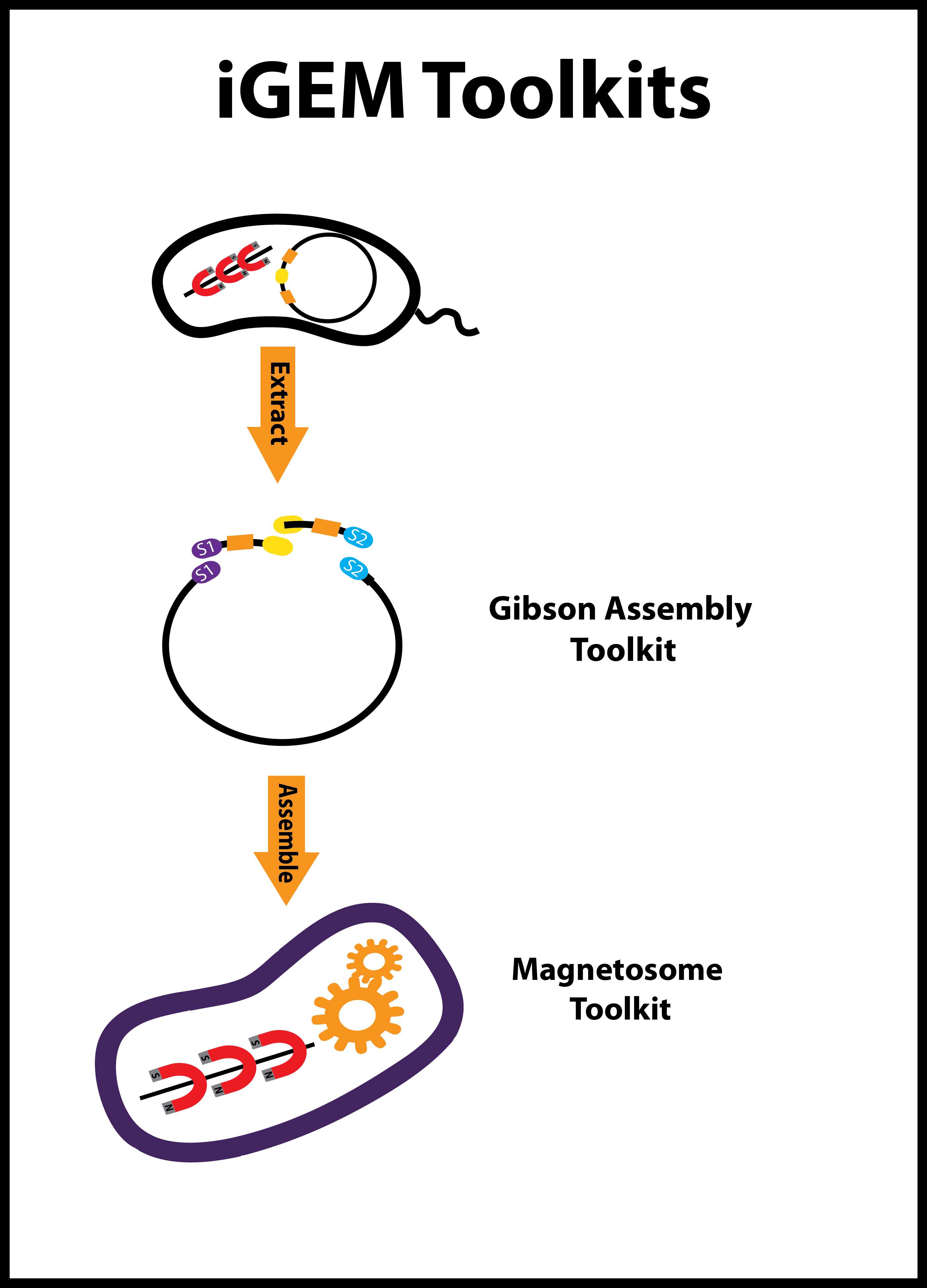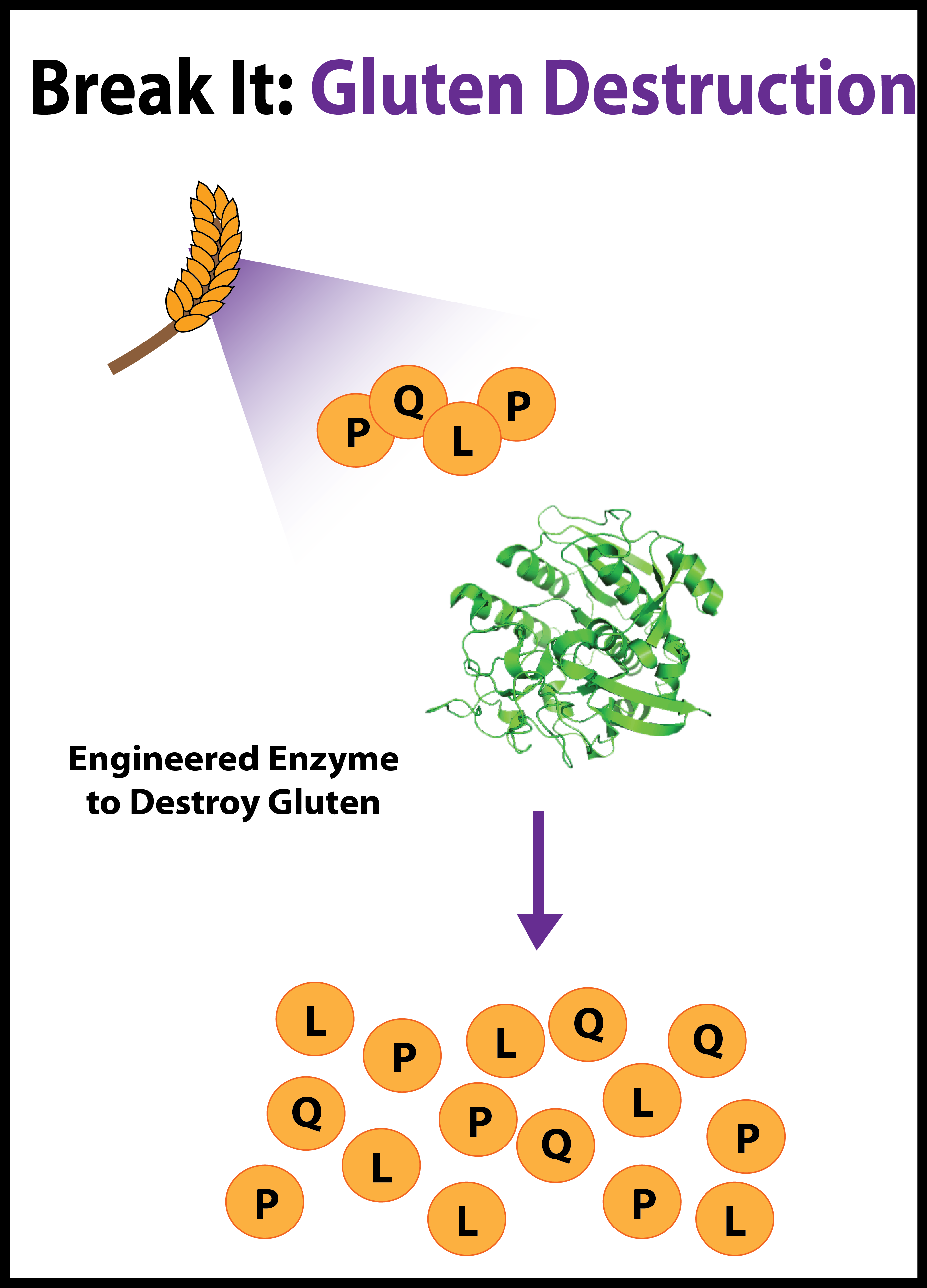Team:Washington
From 2011.igem.org
| Line 35: | Line 35: | ||
[[File:Washington_ARPA-E_Logo.png|frameless|border|link=http://arpa-e.energy.gov/ProgramsProjects/Electrofuels.aspx|Advanced Research Projects Agency - Energy]] | [[File:Washington_ARPA-E_Logo.png|frameless|border|link=http://arpa-e.energy.gov/ProgramsProjects/Electrofuels.aspx|Advanced Research Projects Agency - Energy]] | ||
[[File:Washington_Spacer.jpg|35px]] | [[File:Washington_Spacer.jpg|35px]] | ||
| - | [[File:Washington2011_Hhmi_362_72.jpg|link=http://www.hhmi.org/]] | + | [[File:Washington2011_Hhmi_362_72.jpg|link=http://www.hhmi.org/|Howard Hughes Medical Institute]] |
<html> | <html> | ||
</html> | </html> | ||
Revision as of 06:38, 13 October 2011
Make It or Break It:
Diesel Production and Gluten Destruction, the Synthetic Biology Way
Diesel Production and Gluten Destruction, the Synthetic Biology Way
Make It: Diesel Production We constructed a strain of Escherichia coli that produces a variety of alkanes, the main constituents of diesel fuel, by introducing a pair of genes recently shown convert fatty acid synthesis intermediates into alkanes.
Break It: Gluten Destruction We identified a protease with gluten-degradation potential, and then reengineered it to have greatly increased gluten-degrading activity, allowing for the breakdown of gluten in the digestive track when taken in pill form.
iGEM Toolkits To enable next-generation cloning of standard biological parts, we built BioBrick vectors optimized for Gibson assembly and used them to create the Magnetosome Toolkit: a set of 18 genes from an essential operon in magnetotactic bacteria which we are characterizing to create magnetic E. coli.
![]()
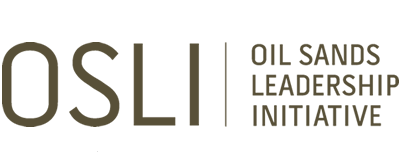
![]() University of Washington
University of Washington
![]() Anaspec
Anaspec
![]()
![]()
![]()
![]()
 "
"




